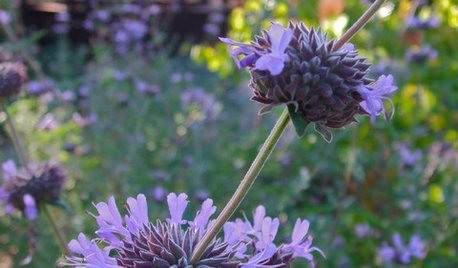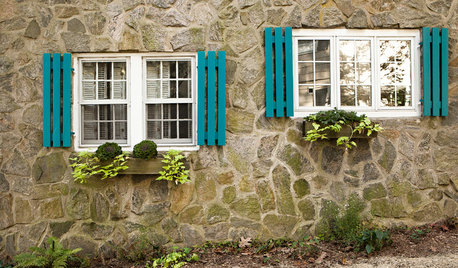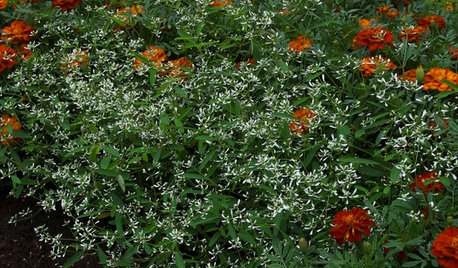Saving seed of New World Sages
rich_dufresne
19 years ago
Related Stories

GARDENING GUIDESGreat Design Plant: Blue Sage
True blue and adored by hummingbirds, blue sage is easy to grow from seed in a sunny fall garden
Full Story
GARDENING GUIDESGreat Native Plant: Cleveland Sage
Get a whiff of this salvia for a garden experience to remember. Oh, and you can almost forget about maintenance
Full Story
HOMES AROUND THE WORLDWorld of Design: 11 Book Lovers and Where They Like to Read
Bibliophiles across the globe reveal their top books and favorite reading spots, from a 2-story library to an artfully curated book nook
Full Story
GARDENING AND LANDSCAPINGWorld of Design: 10 Home Gardeners Show Us Their Sweet Summer Harvests
From New York to Tokyo, these gardeners have turned their yards, terraces and rooftops into places of bounty
Full Story
PETSWorld of Design: Pampered Pets and Their 10 One-of-a-Kind Homes
Fall in love with these critters and their clever living spaces, from a cat playground in France to a chicken house in the U.S.
Full Story
COLORPick-a-Paint Help: 11 Ways to Mine Your World for Colors
Color, color everywhere. Discover the paint palettes that are there for the taking in nature, shops and anywhere else you roam
Full Story
GARDENING GUIDES7 Enticing, Little-Known Annuals of the Plant World
Give these underutilized garden wonders a chance by discovering their draws
Full Story
LANDSCAPE DESIGNGet Along With Less Lawn — Ideas to Save Water and Effort
Ditch the mower and lower your water bill while creating a feast for the eyes with diverse plantings and gathering places
Full Story
LIFEThe Top 5 Ways to Save Water at Home
Get on the fast track to preserving a valuable resource and saving money too with these smart, effective strategies
Full StoryMore Discussions







penny1947
rosewomann
Related Professionals
Maple Valley Landscape Architects & Landscape Designers · Glassmanor Landscape Architects & Landscape Designers · Saint Matthews Landscape Architects & Landscape Designers · Winder Landscape Architects & Landscape Designers · Wixom Landscape Architects & Landscape Designers · Harvey Landscape Architects & Landscape Designers · Chelmsford Landscape Contractors · Cornelius Landscape Contractors · Farmington Landscape Contractors · Galveston Landscape Contractors · Lancaster Landscape Contractors · Mesa Landscape Contractors · Wentzville Landscape Contractors · White Bear Lake Landscape Contractors · West Elkridge Siding & ExteriorsCA Kate z9
rosewomann
kaysbelle
wardw
helena_z8_ms
ilsonshine
wardw
carrie751
first_time_gardener
penny1947
ramazz
penny1947
ramazz
penny1947
aspenbooboo41
kal2002
kal2002
rich_dufresneOriginal Author